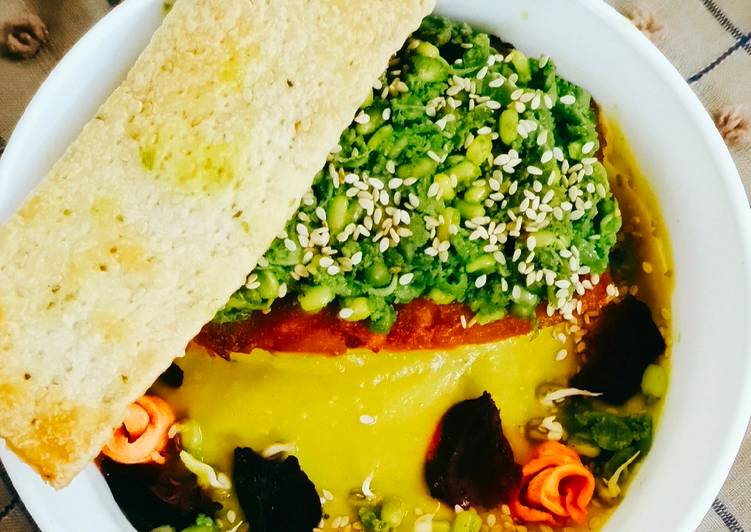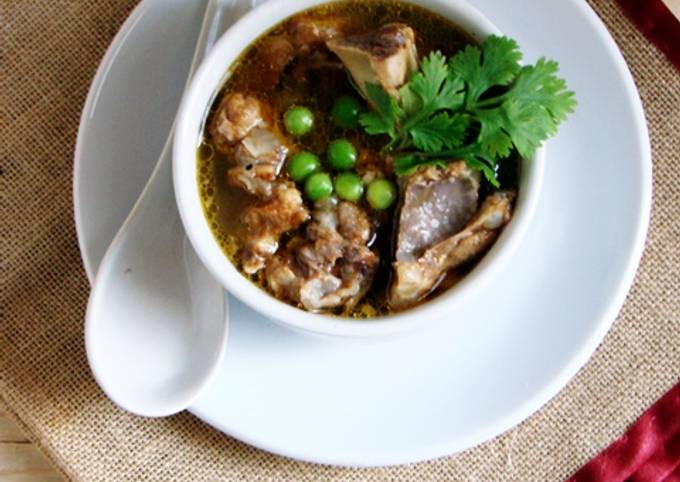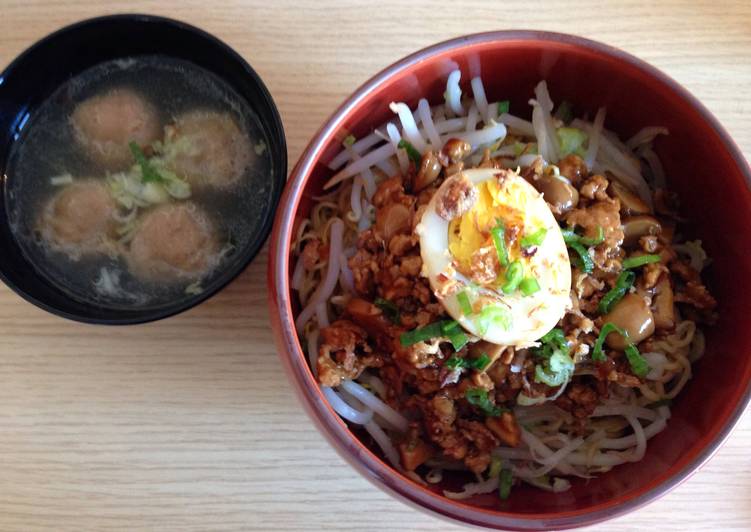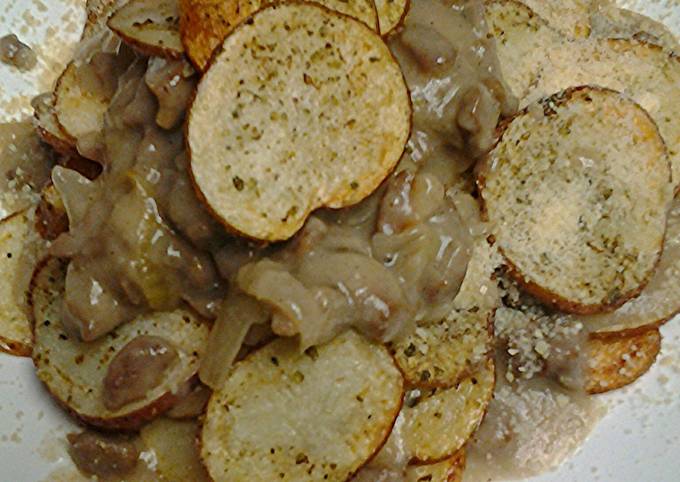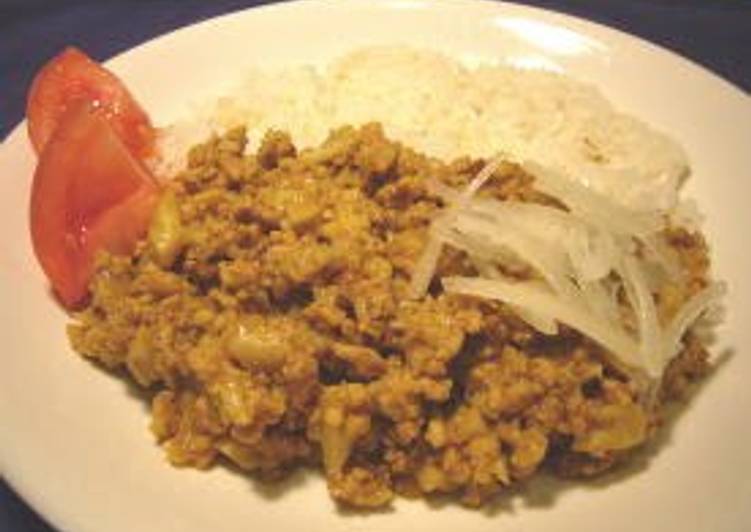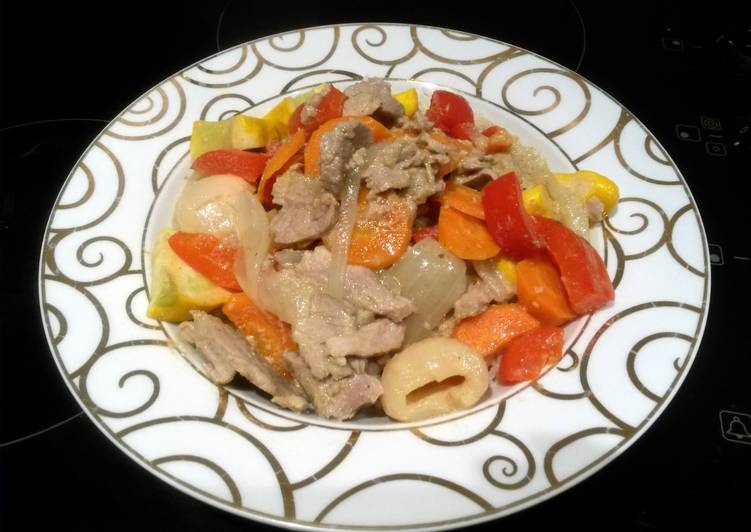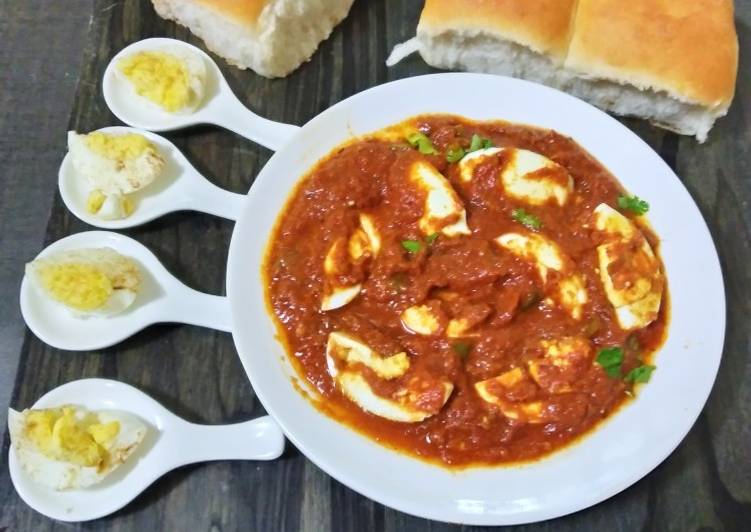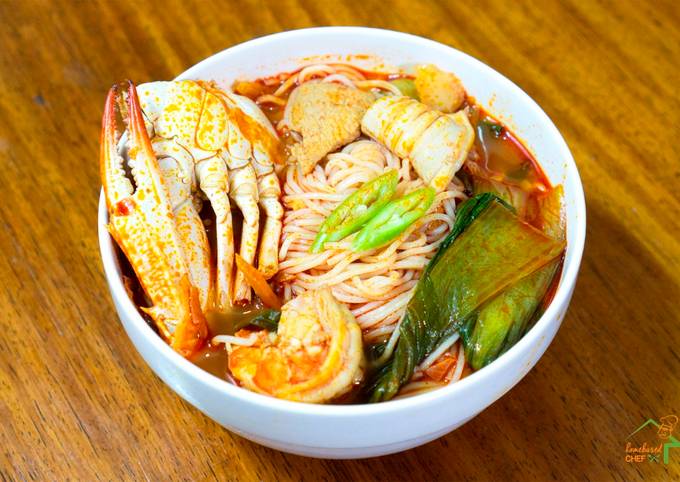
Hello everybody, it’s Drew, welcome to our recipe page. Today, we’re going to make a special dish, jjampong (korean spicy seafood noodle soup). One of my favorites. For mine, I’m gonna make it a little bit tasty. This will be really delicious.
Jjampong (Korean Spicy Seafood Noodle Soup) is one of the most favored of recent trending meals in the world. It’s appreciated by millions every day. It is easy, it is fast, it tastes yummy. Jjampong (Korean Spicy Seafood Noodle Soup) is something which I have loved my whole life. They’re nice and they look fantastic.
To get started with this particular recipe, we must prepare a few ingredients. You can have jjampong (korean spicy seafood noodle soup) using 21 ingredients and 7 steps. Here is how you cook it.
The ingredients needed to make Jjampong (Korean Spicy Seafood Noodle Soup):
- Prepare 1 bunch Bokchoy
- Make ready 120 grams Chicken Breast
- Make ready 6 cloves Garlic
- Take 1 inch Ginger
- Make ready 4 stalks Onion Leeks
- Make ready 1/4 head Cabbage
- Prepare 1 piece White Onion
- Get 1/2 piece Carrot
- Take 1/2 piece Zucchini
- Make ready 4 tablespoons Cooking Oil
- Get 4 tablespoons Gochugaru
- Make ready 2 tablespoons Soy Sauce
- Make ready 2 teaspoons Oyster Sauce
- Prepare 6 cups Water
- Take 1/4 cup Cooking Wine
- Take 1 teaspoon Sesame Oil
- Take 2 pieces Squid
- Prepare 2 pieces Prawns
- Take 1 piece Crab
- Get 2 bundles Somen Noodles
- Make ready Water for boiling
Instructions to make Jjampong (Korean Spicy Seafood Noodle Soup):
- PREPARE THE CHICKEN AND THE VEGETABLES - Slice the chicken breast thinly. Chop the garlic and ginger finely. Chop the onion leeks thinly or cut it into strips. - Slice the white onion and the cabbage. Cut the root end of the bokchoy and wash well to remove the dirt. Julienne-cut the carrot and zucchini. - To do the julienne-cut: slice the vegetable diagonally into long sticks then into strips.
- PREPARE THE SEAFOOD - For the crab, remove the cover and the gills then cut the meaty side into two. - For the prawns, remove the head and shellthen de-vein the prawns by making an incision on its back. - For the squid, remove the head including the ink sac and innards. Peel the skin and cut it vertically on one side to make it flat. Then make a criss-cross incisions on the front and back sides. - Wash the seafood under running water.
- COOKING INSTRUCTIONS - Under low heat, heat the wok or large skillet and add 4 tablespoons of cooking oil. Add the garlic, ginger, onion leeks and let them infuse their flavors into the oil. Turn up the heat to high. Add the chicken and vegetables (except for the bokchoy) then stir fry until the chicken turns white.
- Add the gochugaru and stir fry for a minute. Add 2 tablespoons of soy sauce around the wok or skillet (not directly to the vegetables) and 2 teaspoons of oyster sauce. Continue to stir fry for 30 seconds. Pour 6 cups of water and 1/4 cup of cooking wine. Bring to boil and boil for 5 minutes.
- While the soup base is boiling, cook the somen noodles according to package instructions. Somen noodles are thin and will take just a few minutes to cook when placed in boiling water. Boil the noodles, drain, and rinse under cold water. You may also soak it in ice water to stop cooking and then drain later before adding to the jjampong soup.
- Add the crab into the soup and boil for 5-10 minutes depending on how big the crab is. When the crab is already cooked, add the squid, prawns, bokchoy, and sesame oil. You can adjust the seasoning if needed, according to your preference. Continue boiling until the squid and shrimp is cooked completely (about 5-8 minutes).
- PLATING - Add the noodles neatly into the center of the bowl. Pour the soup and arrange the seafood around the noodles. Top with chili and onion leeks. Serve hot.
So that’s going to wrap this up with this special food jjampong (korean spicy seafood noodle soup) recipe. Thank you very much for your time. I’m confident you can make this at home. There’s gonna be more interesting food at home recipes coming up. Remember to bookmark this page in your browser, and share it to your loved ones, colleague and friends. Thanks again for reading. Go on get cooking!

